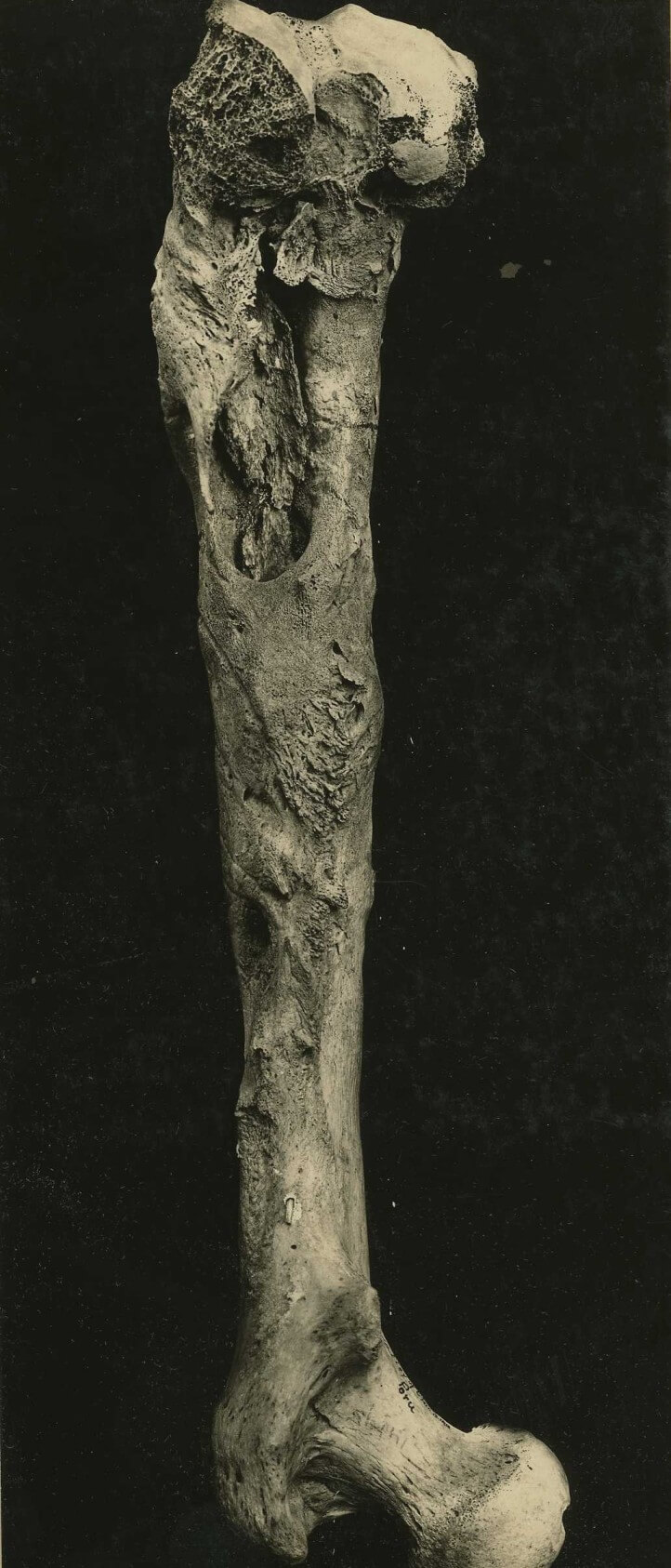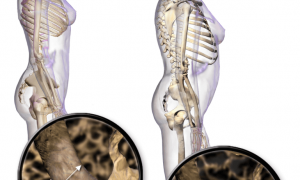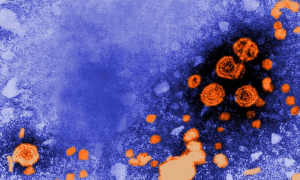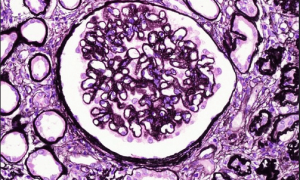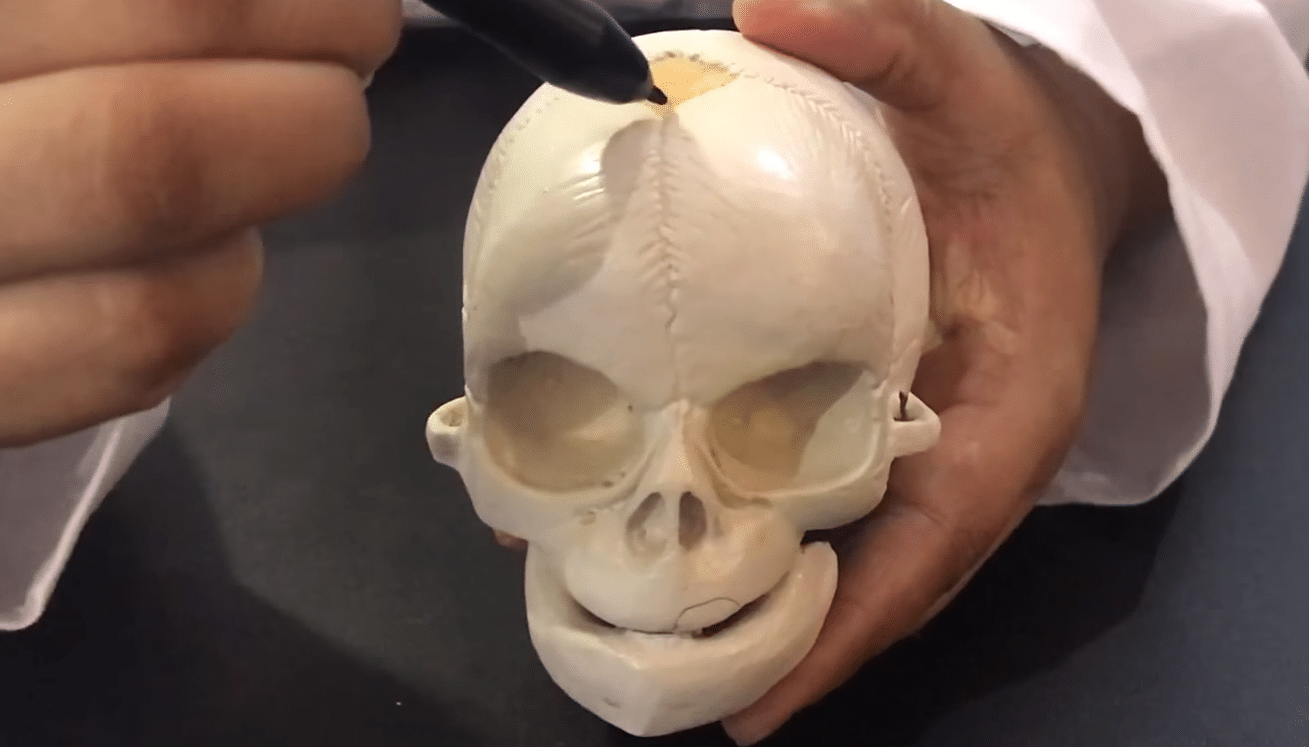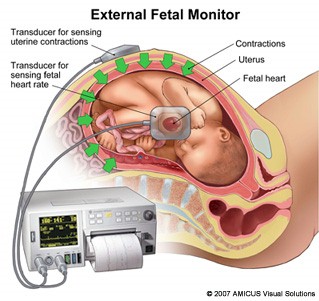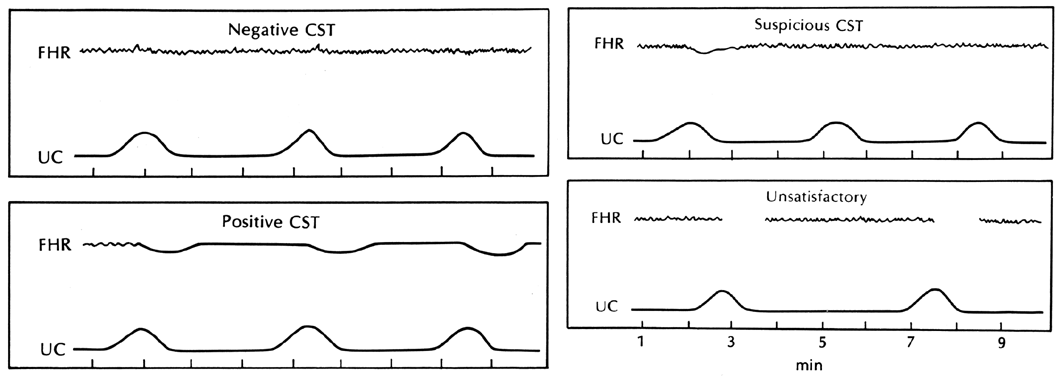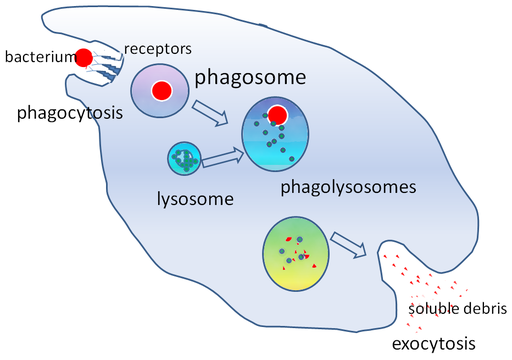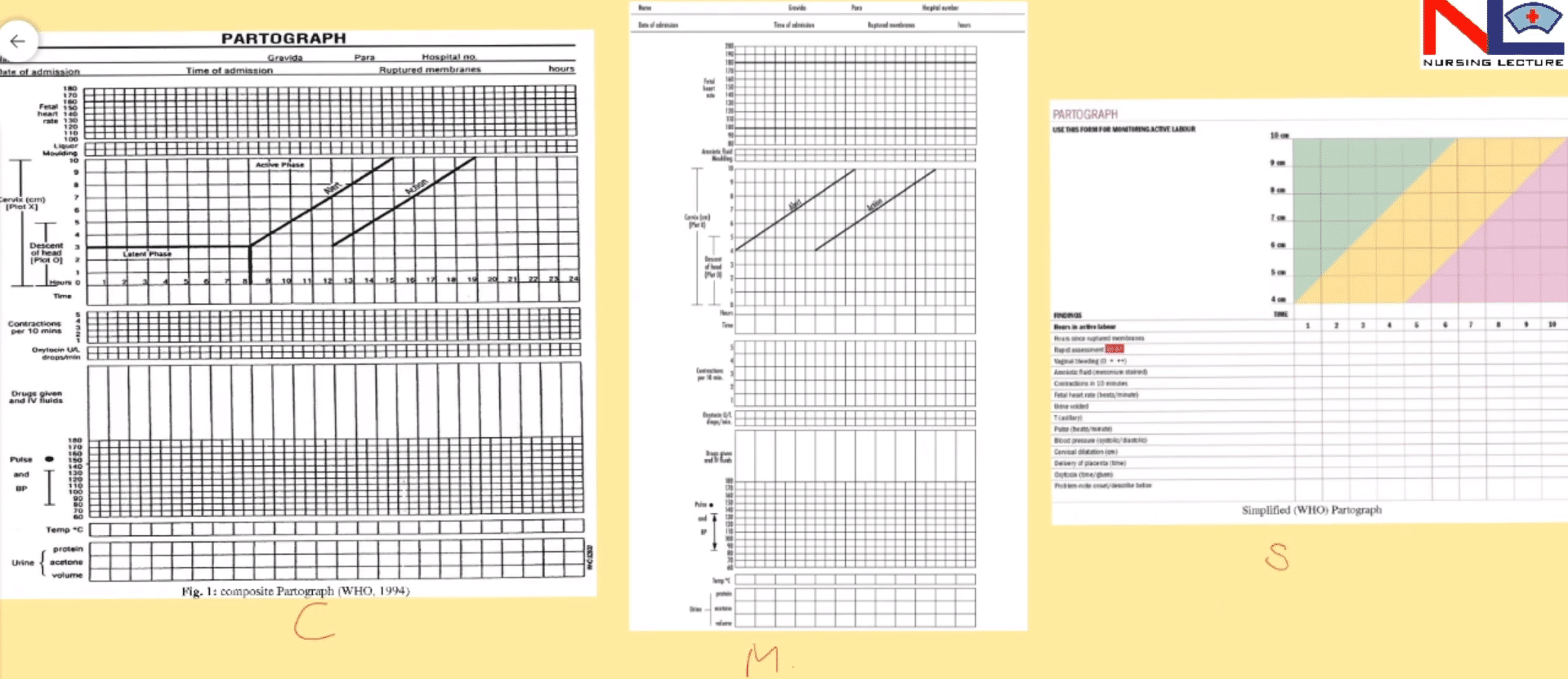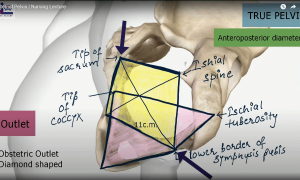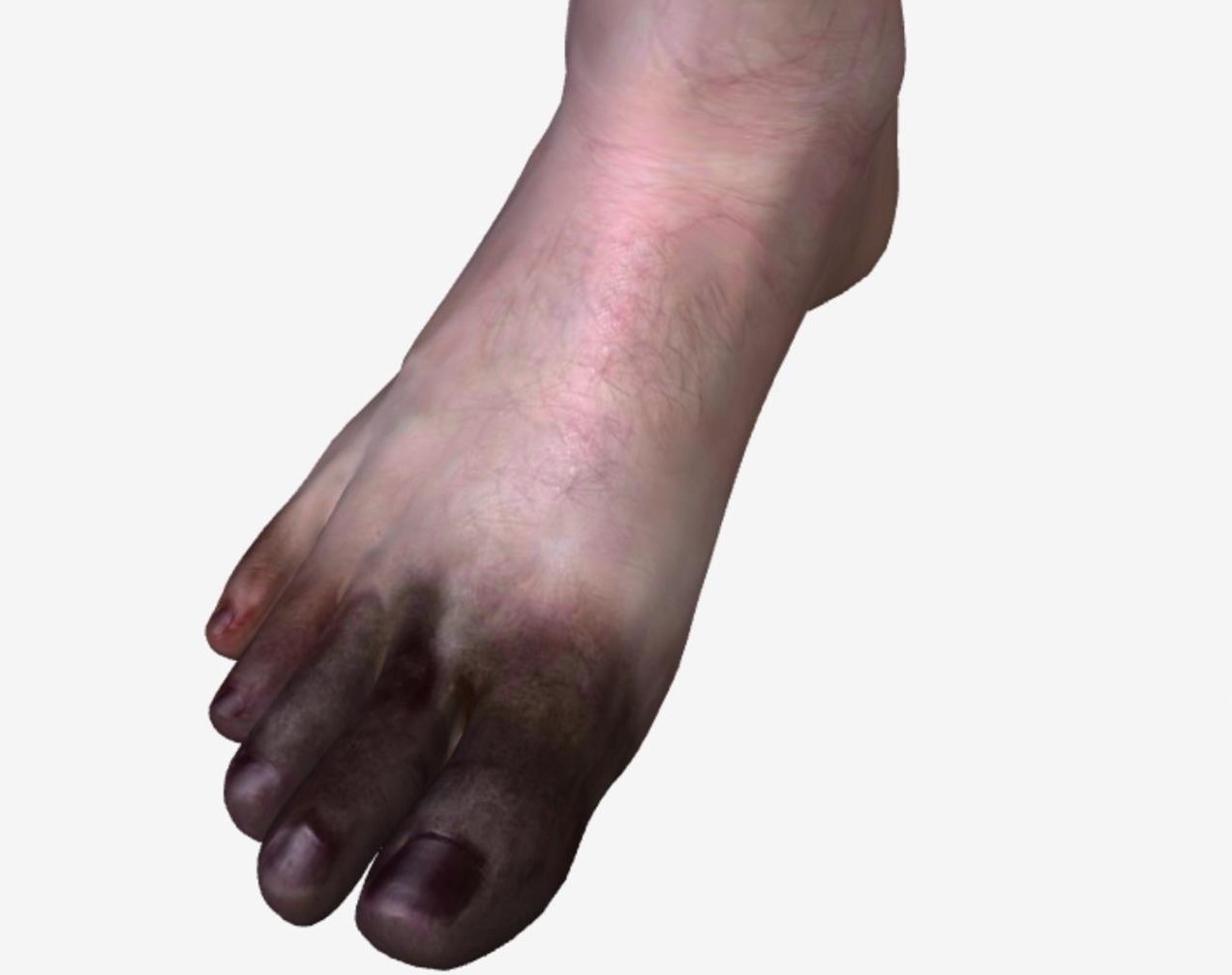An infection of the bone is termed osteomyelitis. A number of systemic infectious disease may spread to the bone such as enteric fever, tuberculosis, etc. Two of the condition which produces pathologic lesions-
1. Pyogenic Osteomyelitis– Caused by bacterial infection rarely by fungi. Most commonly in the long bone of infant & young children(5-15 years of age).
Morphological features-
• Depending upon the duration it may be acute, subacute, chronic. Basic pathologic changes in any stage are suppuration, ischaemic necrosis, healing by fibrosis.
• The infection begins in the metaphyseal end of marrow cavity which is largely occupied by pus, microscopy reveals congestion, edema & exudates of neutrophils.
• Tension in the marrow cavity is increased due to pus & result in the spread of infection along the marrow cavity causing periostitis.
• The infection may reach the subperiosteal space forming subperiosteal abscesses.
• Combination of suppuration & impaired blood supply to the cortical bone results in erosion called sequestrum.
• With the passage of time, there is the formation of new bone beneath the periosteum present over the infected bone is known as involucrum. It has an irregular surface.
• In vertebral pyogenic osteomyelitis, the infection begins from the disc & spread to involve the vertebral bodies.
2.Tuberculous Osteomyelitis-
The tubercle bacilli M. tuberculosis reaches the bone marrow & synovium most commonly by hematogenous dissemination from an infection elsewhere, usually from the lungs & infrequently by direct extension. The disease affects adolescents & young adults more frequently.
Morphological features-
The bone lesions in tuberculosis have the same general histological appearance as in tuberculosis elsewhere & consist of central caseation necrosis surrounded by tuberculous granulation tissues & fragments of necrotic bone. Tuberculosis of the spine ‘pott’s disease’ commences in the vertebral body & may be associated with compression fractures & destruction of an intervertebral disc.

